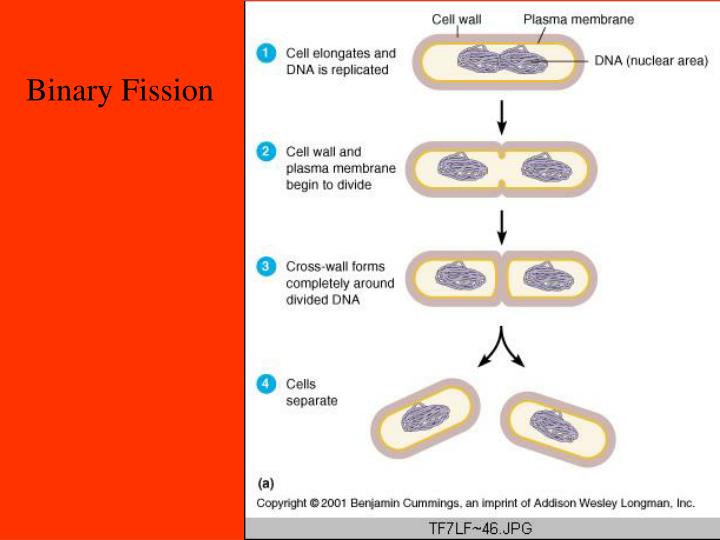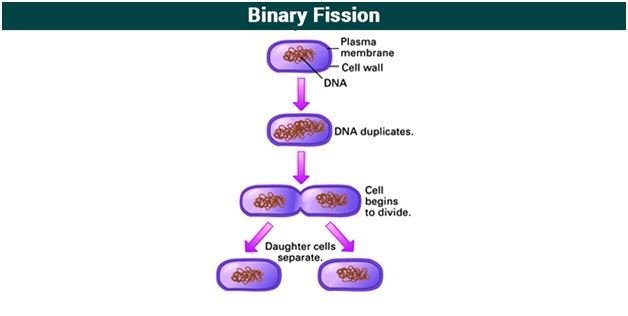
Species that reproduce sexually must maintain two different types of individuals, males and females, which can limit the ability to colonize new habitats as both sexes must be present. The genetic diversity of sexually produced offspring is thought to give species a better chance of surviving in an unpredictable or changing environment. An additional advantage of asexual reproduction is that colonization of new habitats may be easier when an individual does not need to find a mate to reproduce.ĭuring sexual reproduction the genetic material of two individuals is combined to produce genetically diverse offspring that differ from their parents. On the other hand, the rapid rates of asexual reproduction may allow for a speedy response to environmental changes if individuals have mutations. In an unstable or unpredictable environment asexually-reproducing species may be at a disadvantage because all the offspring are genetically identical and may not have the genetic variation to survive in new or different conditions.

In a stable or predictable environment, asexual reproduction is an effective means of reproduction because all the offspring will be adapted to that environment. A single individual can produce offspring asexually and large numbers of offspring can be produced quickly. Asexual reproduction produces offspring that are genetically identical to the parent because the offspring are all clones of the original parent. Both methods have advantages and disadvantages.

Describe advantages and disadvantages of asexual and sexual reproductionĪnimals produce offspring through asexual and/or sexual reproduction.


 0 kommentar(er)
0 kommentar(er)
